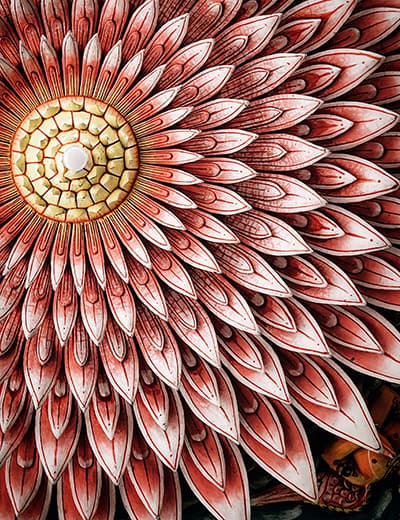
NARRATIVES
SRINAGAR, THE ENCHANTRESS
North India
From the Karakorum to the Pamir Knot, the abode of snow is the tilted crown of India.
Mystics and sages have always found refuge from the mundane in the Himalayas, the modern traveller meets on those high valleys fascinating humanity and gains a different perspective. At last, the disturbances subsided, Srinagar, like an elegant ageing lady recovering from a long illness, claims back her best morning and evening light. Watching the sun rise over the old city remains an experience of incomparable splendour. The glow of the Himalayan heights softens the outlines and bathes the brick and wood houses in a golden hue.
When the city awakens from its slumber, only a few souls can be seen here and there. A man selling milk from his horse-drawn cart, pious elderly women making their way to the asthan, in search of peace of mind or to invoke favour from the local saint. Sufi saints have a place of honour in the people’s beliefs because Kashmiris trust in their intercession with God. One can follow them to Sha-i-Hamdan, the shrine on the banks of the river Jhelum, where there is a meditation room in the back for both men and women. Silence reigns in Naqshband Sahib, the mausoleum dedicated to the founder of a Central Asian brotherhood.


The architecture of the place is a prime example of Kashmiri traditional construction from the 15th century. Made of wood and bricks, it is famed for its capacity to withstand earthquakes. Luckily, it has not been subjected to, often well-intended, but mostly misguided, improvements. There are as many asthans in Srinagar as there are churches in Rome; on Thursdays, at dawn, songs of praise can be heard rippling down the Hari Pharbat hill, where the Kashmiri saint Makdoom Sahib is buried.
While imagining the city as it was in the 15th century during the times of Badshah, the great king, it is wise to stop by the stall of the saffron merchant in Zaina Kadal. He proudly praises his wares as the best to be found in the world. The exchange is courteous and elegant; Kashmiri merchants are also famed for their courtesy, their baskets and trunks forever full of embroidered shawls, pretty carpets, jewels, spices, and hand-carved wooden boxes. Back on the houseboat, lunch is ready, served by an old-fashioned butler who is only there to please you. This original accommodation on the lake can only be reached by a shikara, the Kashmiri gondola, paddled by a handsome man who often hums a melancholic song.

The siesta on the shikara is a good option, but it is necessary to be on the canals connecting the lake to the city at sunset to be inescapably seduced by the unkempt beauty of the setting. It is time for the inhabitants of the lake to go back home on their small canoes, while farmers who tend their floating gardens collect grass for the animals. In summer, the grace of the lotus flower sticks out amidst the lush vegetation. Hawks and kingfishers, cranes and pin-tales, claim their space in this original coexistence of man and nature. The taxi is waiting on the boulevard that runs alongside the Dal lake. We drive past street vendors, large families and travellers, most of them coming from other regions of India. They stroll about with the same nonchalance that has caused the Kashmiris to be named indolent lotus-eaters.
Just like in a vintage Bollywood movie, all of Srinagar’s photogenic beauty unfurls before your eyes when the driver stops in front of the Shalimar garden, the abode of love. Entering it is stepping into the grand kingdom of nature, gently accommodated by the hand of man for his comfort. You sit in the pavilion built by the Moghul Emperor Jahangir in the 17th century and you gaze up at the painted papiermâché ceiling with its faded Kashmiri patterns. Suddenly, your soul is so raptured by such timeless beauty that you will have to admit:
Srinagar, the enchantress, has laid her spell on you.



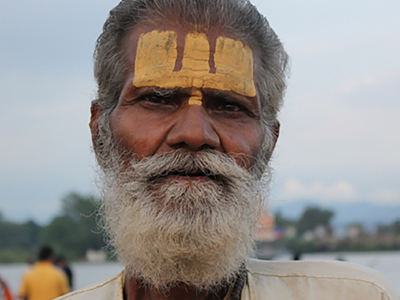
Holy Dust
In her cosy New England kitchen, my grandmother is serving me a cup of green tea. She then sits in front of me, staring. Finally, she asks
Narrative • North India
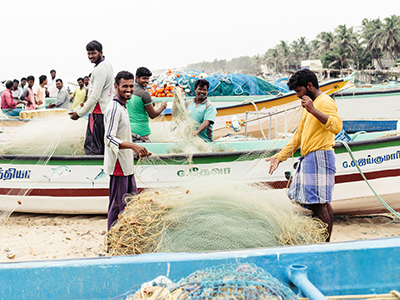
The Hands that Create
Mostly unnoticed, all art emerged from handicraft. The clay turns to a pot, the wood is whittled to a veena, the nylons weaved into a net...
Narrative • South India
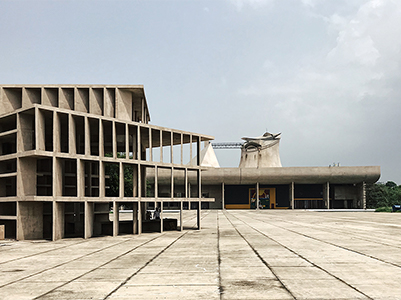
Monuments of Minimalism
This journey across the North and West explores the phenomenon of modern architecture that gripped India during the 20th century...
Bespoke Journey • North India
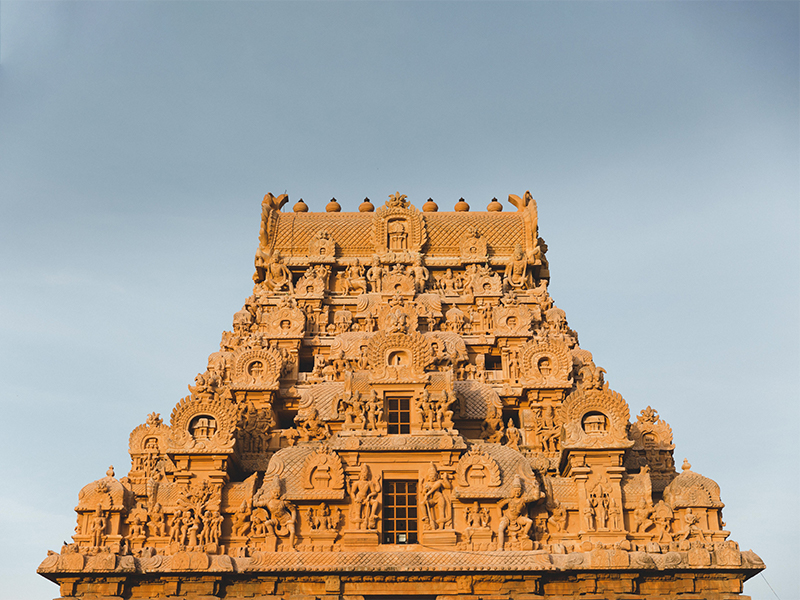
Into the Dravidian Heartland
This journey allows one to experience the many cultures that exist across the states of Tamil Nadu and Kerala...
Bespoke Journey • South India
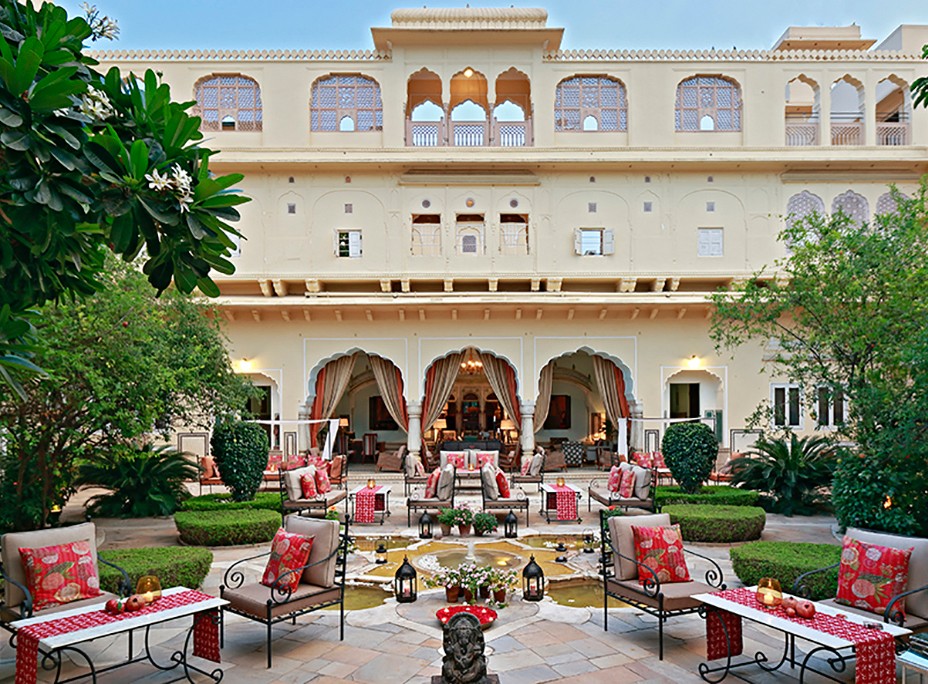
Samode Haveli
A cherished royal treasure in the walled old city of Jaipur, Samode Haveli is a traditional Indian mansion...
Hotel Guide • North India
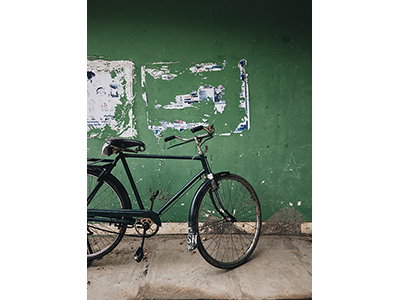
A Spectrum of Hues
At the tail end of the monsoon, a cool blue tint envelopes the landscape of the Indian Peninsula, lush green foliage shiver in the cold winds...

